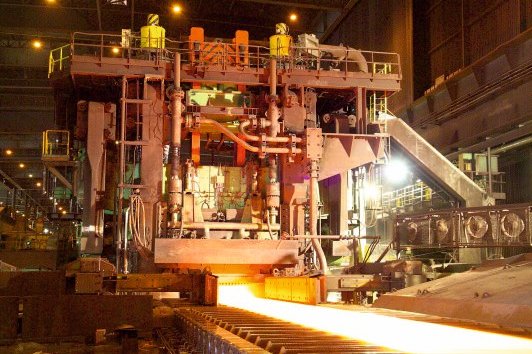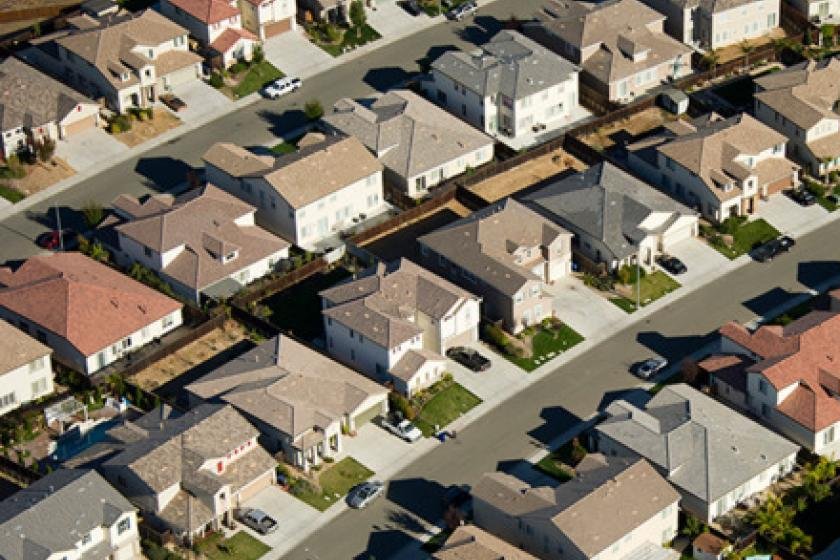|
|
|
|
PEOPLE
in the SOCIO-ENVIRO-ECONOMIC SYSTEM
|
|
|
PEOPLE MAKE DECISIONS ABOUT THE CONSUMPTION OF PRODUCTS
|
Food - Vegetables

|
Food - Meat

|
Housing

|
Clothes

|
Mobility

|
Recreation

|
|
More consumption correlates to a better quality of life up to a certain level. Beyond that level more consumption may well have negative consequences, as for example too much food may result in obesity and diabetes or worse.
|
|
PEOPLE ARE DECISION MAKERS
|
AS INDIVIDUALS
WITHIN THEIR FAMILY

Live life ... work & family
|
AS MANAGERS IN
ORGANIZATIONS

Do the work ... make the decisions
|
AS INVESTORS MAKING
FUNDING DECISIONS

Allocate financial resources
|
|
EMPOWER THE INDIVIDUAL AND ENABLE BASIS FOR A BETTER LIFE
|

|
Every individual is different, both in what they are capable of doing and how they want to live their lives. People should have the freedom to succeed in all sorts of good ways, and should be helped so that they never fail. People need the facts about themselves and everything around them.
|
|
ESTABLISH ACCOUNTABILITY FOR PEOPLE WITHIN ORGANIZATIONS
|

|
Companies are important drivers of the economy. Within companies it is people that make the decisions, and for many decades the dominant metric for success has been profit without taking into consideration impact on society and nature. This must change. Profit performance on its own is not enough!
|
|
IMPROVE DECISION PROCESS FOR INVESTMENT DECISIONS
|

|
The allocation of capital shapes the future of the economy. People make the decisions about what investments should be made and have been guided mainly by the potential for growth of financial wealth without taking into consideration issues relating to society and the environment. These other issues matter.
|
STREAMS / STRANDS / STRINGS
WHAT ARE ALL THE IMPACTS FOR THE LIFE CYCLE OF PRODUCTS?
THE PRODUCTS PEOPLE BUY IMPACT THE WHOLE VALUE CHAIN
|
NATURE

|
EXTRACTION

|
SUPPLY CHAIN

|
PRODUCTION

|
BUY / USE

|
WASTE

|
|
Everything that is used to support a high standard of living and quality of life has a long supply chain, then production and distribution, then use, and then a post use waste chain. For metrics to be meaningful, all of these stages must be brought into account.
|
ROLE PLAYED BY CONSUMPTION
PRODUCT CONSUMPTION IS A DRIVER OF THE MODERN ECONOMY
|
CONSUMPTION

|
PROCESSES

|
MATERIALS

|
ENERGY

|
PAYROLL

|
|
Consumption is driving the modern economy. It looks like success as long as the depletion of natural resourcs and the degradation of the environment is ignored.There is strong correlation between better quality of life and more consumption in poor economies, but less so in mature rich econmies. Rich economies are increasingly associated with waste, luxury and inefficiency.
|
|
THE CONSUMPTION OF PRODUCTS IS CENTRAL TO QUALITY OF LIFE
|
EATING
 MOBILITY
MOBILITY
 HEALTH
HEALTH

|
CONSUMING
 RELAXATION
RELAXATION
 EDUCATION
EDUCATION

|
In a world of shortage, more is better ... and for most of history this has been the reality, but less so in modern times where productivity enables an abundance of material goods and services. The limiting factor is no longer production but the ability of nature to sustain such production without catastrophic degradation.
Quality of life improves when there is an abundance of goods and services from which to choose ... however too much results in negative impacts like obesity and diabetis.
For companies, more production and more sales results in more profits while at the same time more corporate responsibility results in more costs and less profits. Advertising is mainly about getting more sales, no matter the misinformation.
It is time for better metrics!
|
CORPORATE ORGANIZATIONS EMPLOY PEOPLE
THEY HAVE SUBSTANTIAL IMPACT ON SOCIETY AND THE ENVIRONMENT
|
DIGITAL TECH

Google
|
OIL & GAS

ExxonMobil
|
AERO ENGINES

Rolls Royce
|
BANKING

HSBC
|
ENGINEERING
 GE
GE
|
FOOD
 Unilever
Unilever
|
|
Most of the global economy comprises products that are produced by very big organizations that are complex with multiple factories in many different locations, and supply chains that span the globe. It is not easy to understand these companies in a way that makes it possible to hold them accountable for their behavior. Nevertheless, despite their complexity, they are able to communicate their profit performance to investors, but not their social impact nor their environmental impact, even where these are material. This has to change.
|
ROLE PLAYED BY PROCESSES & FACTORIES
WHAT IS THE IMPACT ON SOCIETY ... ON PEOPLE?
|
MINING

|
LOGISTICS

|
ENERGY

|
ELECTRICITY

|
PRODUCTION

|
OIL REFINERY

|
Every sector, every industry, has become very specialized and over a long period of time has been optimized for profit performance. Profit performance has been exceptional for decades, but too little attention has been paid to social and environmental issues. This must change. Process improvements are essential and must focus in improving social impact and environmental impact as well as merely being more profitable.
There is change going on in the corporate business sector where an increasing number of senior managers understand the issues that are important for the future. More investors are voting for sustainable business where profit is not the only thing and impact on society and the environment are also important issues to be addressed. Change has been very slow in coming, but is accelerating.
|
PLACE ... WHERE PEOPLE LIVE
THE CRITICAL VALUE ADD FROM LOCATIONAL CAPITAL
Cities and Communities are where people live their lives
|
MAIN ST.

|
SCHOOLS

|
CHURCHES

|
POLICE

|
RECREATION

|
HOSPITALS

|
SUBURB

|
UNIVERSITIES

|
HOUSING

|
FIRE

|
RELAXATION

|
PERSONNEL

|
|
Everything is needed in the place to enable Quality of Life. Everything is interconnected. Nothing important can be missing ... multi-sector is essential
|
|
|
|

